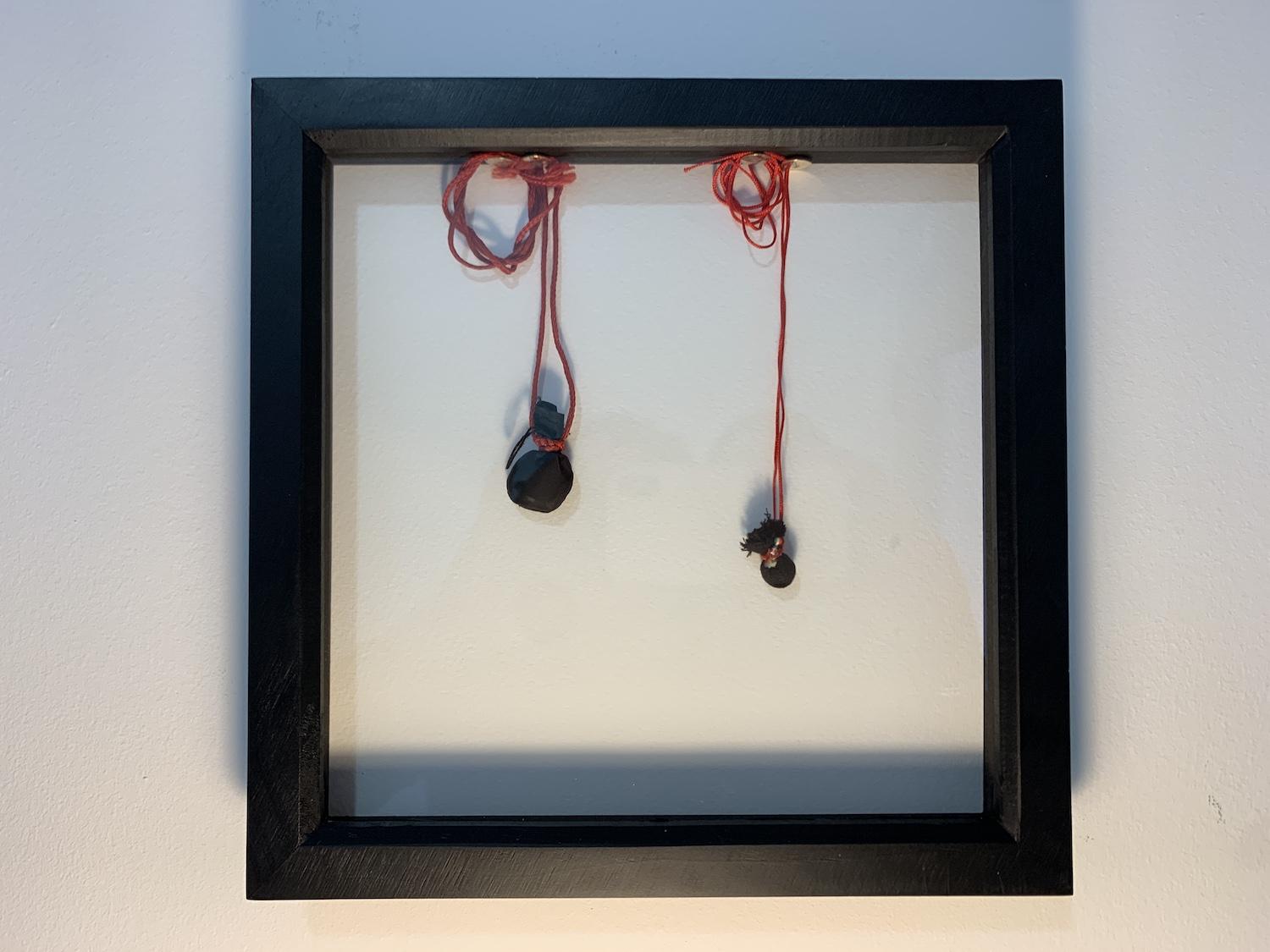
Dr Elizabeth Turk put together this piece which was successfuly submitted to the Wolfson College, Cambridge 'Kill or Cure' Art Exhibition, running from June to September 2022.
Title of Work: The ‘Nine Black Ingredients’ Pill: COVID-19 Prophylactic in Mongolia
Medium of Work: Organic materials derived from plant and animal, fabric, wood, glass
Dimensions of Work: 21.5 x 21.5 cm
Description of work
Centuries of Buddhist historical influences across the Inner Asia region has led to the practice of wearing precious pills as one way amongst many to prevent illness.
Mobilized in Mongolia during the SARS and Swine flu outbreaks of the 2000s, the ‘Nine black ingredients’ pills (Mongolian: yesön khar nairlagatai ürel; Tibetan: nag po dgu sbyor) shown here are made of nine components procured from the natural environment, all of which found within the country’s borders.
After COVID-19 outbreak, lamas and practitioners of Buddhist medicine once again made Black pills widely available. The country’s central Gandan monastery alone has created and distributed tens of thousands of precious pills to first responders such as physicians and police, as well as members of the public both in Mongolia and further afield.
The pill's potency is in large part derived from the ‘raw’ status of the medicinal ingredients not having been ‘tamed’ or ‘softened’ (nomkhotgokh) by practitioner intervention. This renders the Black pill potentially dangerous if not handled correctly (khoriotoi), and poisonous to the body if ingested.
In Mongolia, the ‘Nine black ingredients’ pill is typically worn around the neck, underneath one’s clothing, as protective deity or amulet (sakhius). Its potency gradually wanes over time. 2-3 years after initial use, it should be opened, the contents burned as incense, and the subsequent ashes used as snuff.
